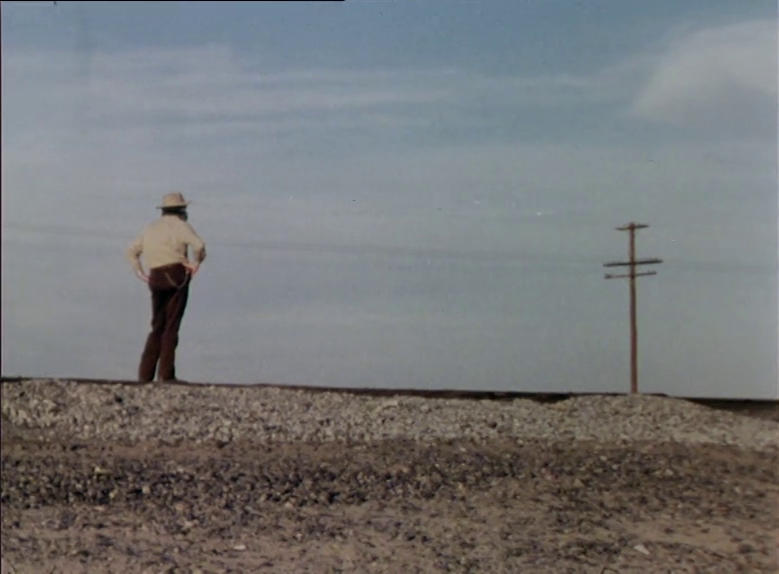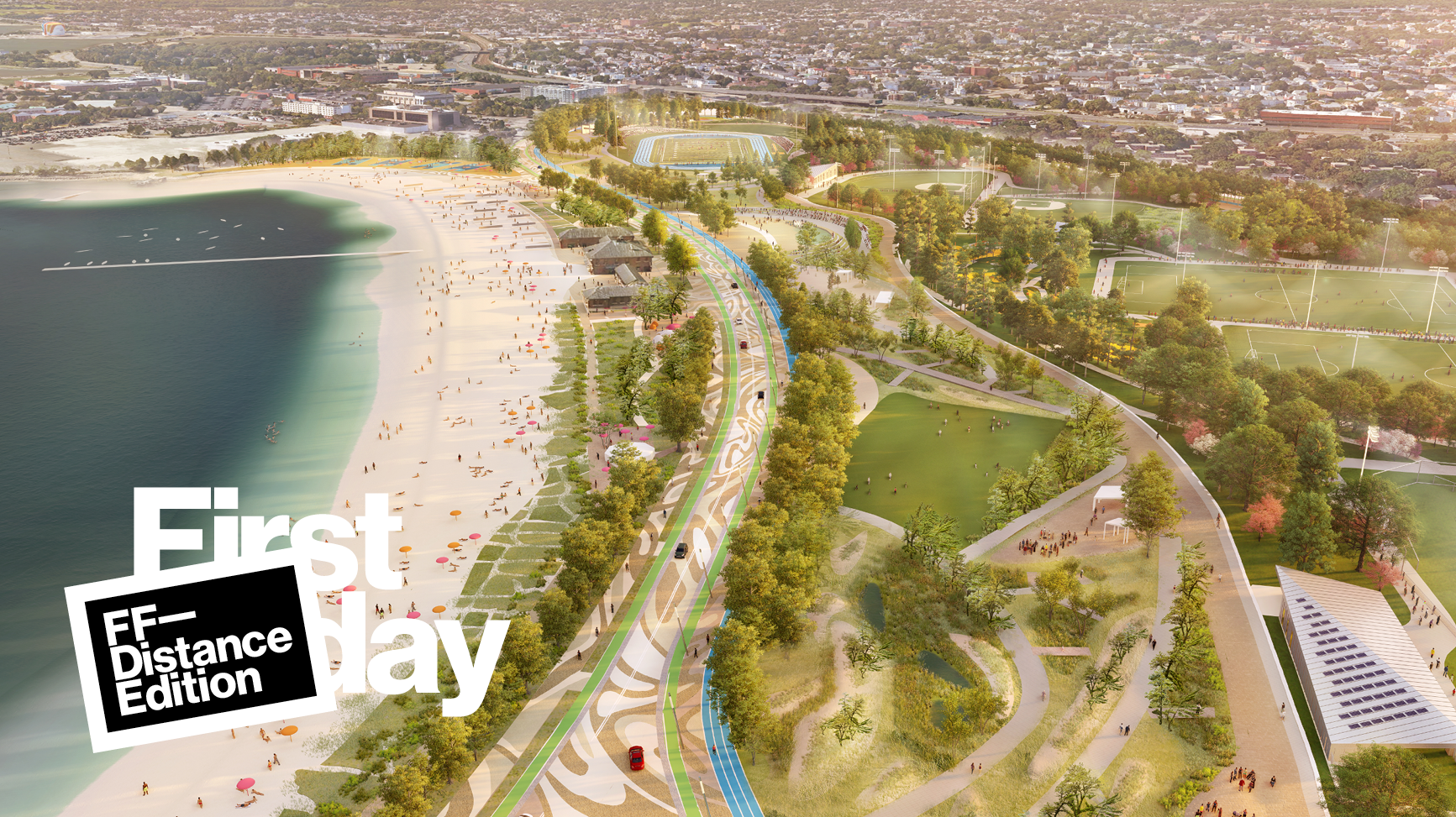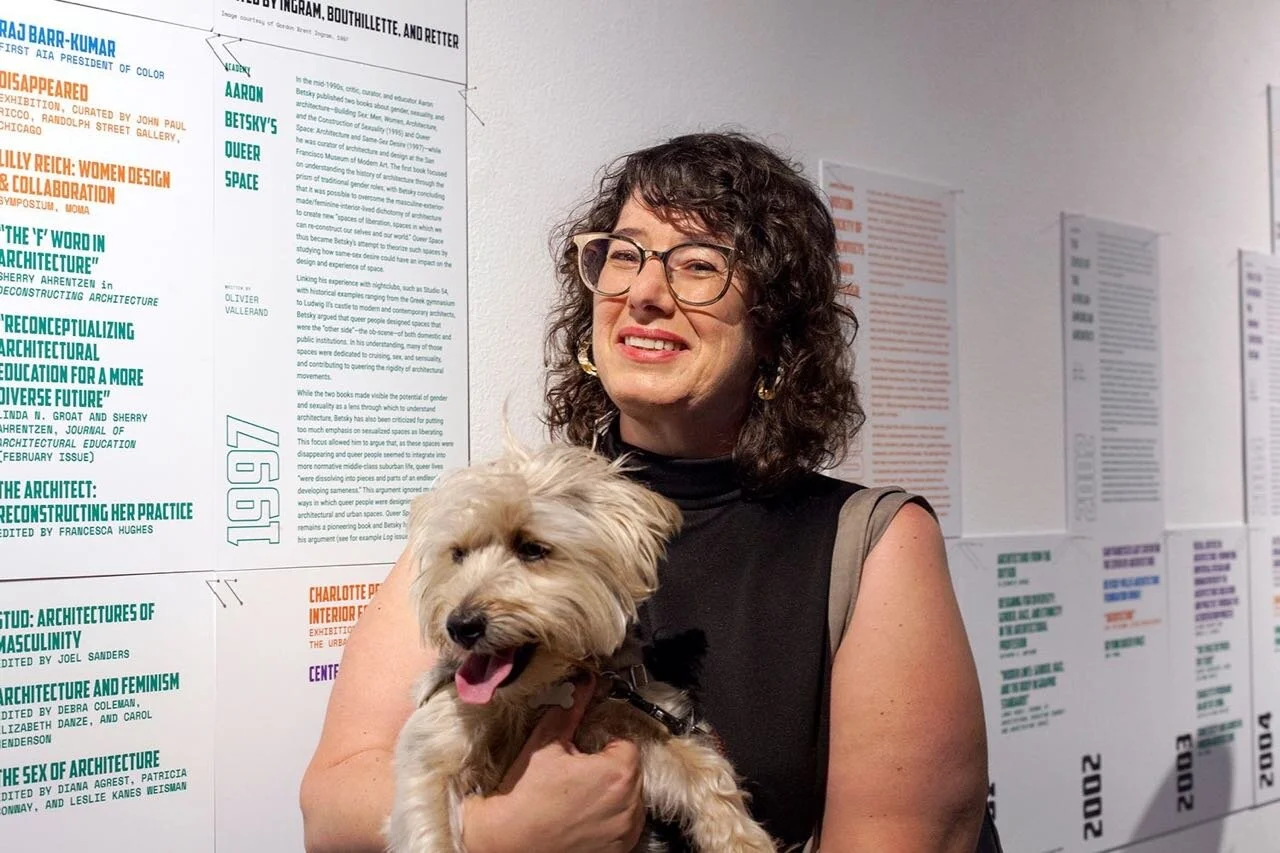Author Frances Anderton, environmental artist Lauren Bon, and urban historian Norman Klein approach the city of Los Angeles from different perspectives and fields: together they will discuss how L.A.’s unique history, architecture, and environment have shaped the city. The conversation will be moderated by L.A.-based critic, editor and curator Mimi Zeiger.

Two pioneering works of radical television from the mind of the iconoclastic architecture critic Reyner Banham.
The writings and thinking of Reyner Banham, born 100 years ago this year, came to define and create architectural culture. His hugely innovative and engaging analyses of architecture, the city, culture and its artefacts continue to mark generations.
Banham’s trademark formal and intellectual wit, invention and creative critique found a perfect home on TV. In tonight’s first episode he drives the streets of his beloved LA, aided by an Alexa-like technological tour guide. In the second, he departs from there for Las Vegas, finding his own personal jackpot in the desert landscapes on route.
The ScreenTalk is chaired by Professor Richard J Williams, author of Reyner Banham Revisited, with guests writer and journalist Owen Hatherley, architectural historian Adrian Forty and LA-based critic, editor and curator Mimi Zeiger.
This event is co-organized by Gavin Kroeber & Mimi Zeiger and presented in partnership with SCI-Arc.
The discussion will feature a remarkable group of architects, designers, and planners, including Keller Easterling, Patty Heyda, James Rojas, M. Casey Rehm, and Andrew Zago, along with artists Mary Ellen Carroll and Tim Portlock, journalist Gustavo Arellano.

Peter Reyner Banham is one of the most relevant architectural and design critics of the 20th century. Join us to celebrate his 100th birthday on March 4 with a symposium, organised as a collaboration between the AA and The Bartlett School of Architecture, UCL, which will bring together multi-generational duets of scholars and practitioners engaging on themes key to the life and intellectual legacy of the English critic.
The symposium will precede two AA Visiting Schools held from June-July 2022 – “Farewell Reveries” (online) and “A Blighty Safari” (a road trip throughout the UK) – that will reflect on Banham’s passion for travel and field exploration.
Original image by Tim Street-Porter
Exhibit Columbus is a two-year exploration of architecture, art, design, and community that activates the design legacy of Columbus, Indiana. It is a feature program of Landmark Columbus Foundation, a non-profit organization dedicated to caring for, celebrating, and advancing the cultural heritage of Columbus.
For the Fall 2021 Exhibition, co-curators Iker Gil and Mimi Zeiger invited exhibition participants to create site-specific, future-oriented installations, which responded to the theme: New Middles: From Main Street to Megalopolis, What is the Future of the Middle City?

The League’s FF – Distance Edition, an online version of the long-running First Friday series, will continue on Thursday evenings. This season’s events feature design practices that are redefining the contemporary public landscape by responding to social and environmental concerns and exploring the intersections of architecture, technology, and ecology.
FF – Distance Edition brings participants on site, offering virtual access to practices’ workspaces and current projects. Following each presentation, join in an open conversation with the designers.
Founded in Boston by Chris Reed in 2001, Stoss Landscape Urbanism is a landscape architecture and urban design firm committed to “the power of open space to bind communities to one another and to the environment,” according to its website. At Stoss, landscape is a catalyst for positive change, enhancing both human wellbeing and ecological diversity. The firm’s work focuses on creating active and environmentally sustainable urban realms, socially vibrant public spaces, and diverse, vital neighborhoods in which people can live, work, and play.
In fall 2020, the Wolfsonian Public Humanities Lab sponsored a six-episode series titled Whither Criticism? to question the state of architecture criticism today, and to ask how the field needs to adapt to address the major crises of our time.
Hosts David Rifkind (Architecture) and Dan Evans (Journalism + Media) welcomed some of the leading architecture critics of our time for a frank and illuminating discussion. Speakers included Lee Bey, Christopher Hawthorne, Inga Saffron, Kate Wagner, Alistair Gordon, and Mimi Zeiger.
The 2020 Exhibit Columbus Symposium: New Middles gathered national and international thought leaders in architecture, art, design, and landscape architecture together with Columbus stakeholders to explore the question, What Is The Future of The Middle City?

Mimi Zeiger is a Los Angeles-based critic, editor, and curator. Her work is situated at the intersection architecture and media cultures. She was co-curator of the U.S. Pavilion for the 2018 Venice Architecture Biennale and currently curating Soft Schindler at the MAK Center for Art and Architecture, which openened on October 12, 2019. She also teaches at SCI-Arc and the Media Design Practices MFA program at Art Center College of Design.
She has written for the New York Times, the Los Angeles Times, Architectural Review, Metropolis, and Architect, where she is a contributing editor, and is an opinion columnist for Dezeen. Zeiger is the 2015 recipient of the Bradford Williams Medal for excellence in writing about landscape architecture. She has curated, contributed to, and collaborated on projects that have been shown at the Art Institute Chicago, Venice Architecture Biennale, the New Museum, Storefront for Art and Architecture, pinkcomma gallery, and the AA School. She co-curated Now, There: Scenes from the Post-Geographic City, which received the Bronze Dragon award at the 2015 Bi-City Biennale of Urbanism\Architecture, Shenzhen.
In her interview, Mimi talks about her practice – as writer, editor, and curator – and the precarity at the root of it, advising young architects to not let architecture be their only sustenance.
By Julia Gamolina